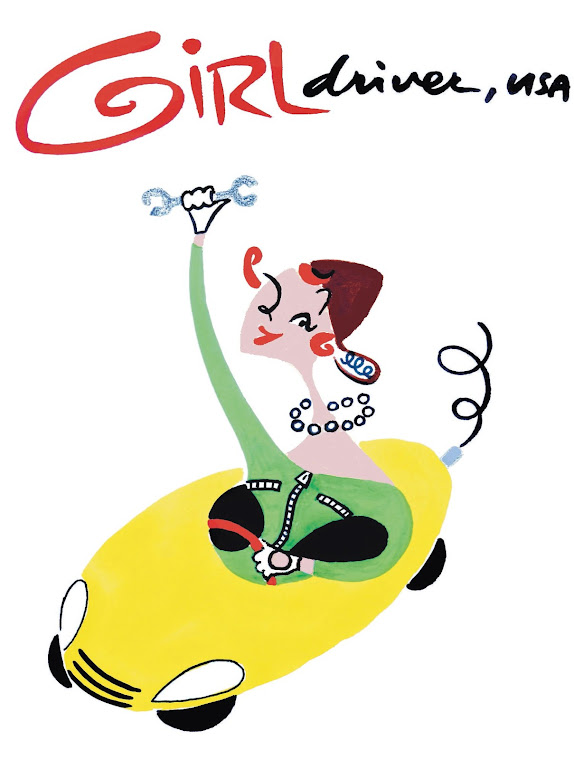At a automotive journalist meeting recently, I asked a luxury car company why they would spend more than $4 million dollars for thirty seconds of advertising to an audience of about 54 million homes, most of which have just enough budget to put out a bag of Doritos and stack the refrigerator with beer. While the viewership was clocked at 111 million how many of those individual viewers include grandparents who have already bought their last car and children with no drivers licenses, people who don’t have enough money to buy a new car and city dwellers who don’t own a car and the cats and dogs who are hoping food will drop from the hands of the inebriated? The non-sequitur answer was that the Super Bowl enhanced the brand’s image because of the exposure. Seriously? These days, you’re not in the game if you don’t have a Super Bowl ad.
Let’s look a little deeper into this—one with a moral slant. According to Nielsen demographic data, 46 percent of the Super Bowl viewing audience is female, and more women watch the game than the Oscars, Grammys and Emmys combined. Looking at auto registrations in 2014, women purchased 40 percent of the more than 16 million cars and trucks bought last year. So on paper it certainly seems justifiable for auto companies to place their ads on the SuperBowl to reach all those women.
But let’s shape automotive advertisers decisions with some additional statistics to see if the Super Bowl is really the place to reach women. The NFL players histories of domestic violence goes back long before last year when we witnessed on video Ray Rice knocking out his girlfriend and dragging her unconscious out of an elevator. No one who was alive in 1994 will forget the Los Angeles police chasing O.J. Simpson who was speeding away from of the scene of a murder of his wife Nicole Brown Simpson and her friend Ronald Goldman—for which he was ultimately acquitted.
Before that, according to a 1994 article in the The Washington Post, 140 current and former professional or college football players were reported to the police for violent acts against women from 1989 to 1994. In their book, Pros and Cons: The Criminals Who Play in the NFL, Jeff Benedict and Don Yaeger reported that they did criminal background checks randomly of 500 players. Twenty-one percent had a record for a serious crime and the predominate crime was domestic violence.
View a USA Today database http://www.usatoday.com/sports/nfl/arrests/ that shows 713 arrests of NFL players from 2000 to 2014. Of those arrests, 85 were related to domestic violence. Read the current scandals about college sports “heroes” who never went to class and convictions for sexual assaults.
Until the Ray Rice video, the NFL’s stance on the crimes of their players towards women was that they are responsible only for what happens in the game not what happens in the personal lives of their players. Now they are making changes and doing something about their players propensity to hurt women because some advertisers balked. How much more responsible toward women would it have been if the NFL had stood up and taken a position against domestic violence? But it took a push notice from the money people before they acted.
How important it would have been to women if auto companies had spent that $4 million (not including the cost of making the ad) on television fighting the issue of domestic violence. These companies would have received more in the good will they generated—and in turn, sales—than they ever get from the wings and Doritos event in the dead of winter.
Volvo is the only car company I know of who cleverly piggybacked on Superbowl’s mega audience. Sure they used their tiny budget to generate publicity because they can’t spend like the big guys. The effort was called, The Volvo Interception, and it began at 6:30 p.m. ET on Superbowl Sunday. Whenever any car commercial aired during Super Bowl, people could tweet with the hashtag #VolvoContest to tell Volvo who they think deserved a brand new Volvo XC60. The Tweeter then had to say why his or her nominee was chosen. Five potential winners were selected by judges. Not only have they done some good—albeit in the realm of the Super Bowl, but they did an end run around the big spenders. For that I give them an “A” in creativity.
I’d love to give an “A” to a CEO who would stand up in front of America and refuse to participate in an event that harbors domestic abusers. Mary Barra? And apologies to the players who are just immensely talented individuals who don’t hurt women—but they should also be fighting this epidemic. What if we women agreed not to buy cars that were advertised on the Super Bowl? I brought a book to a Super Bowl party I attended for family. Go Volvo!
